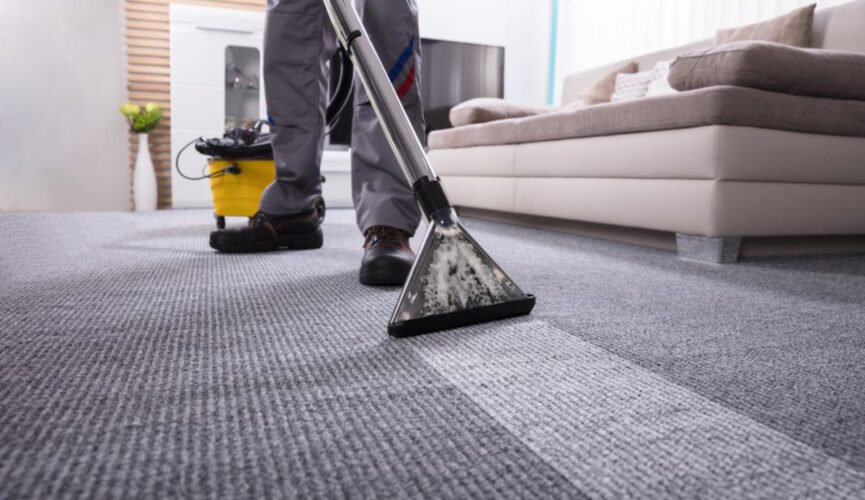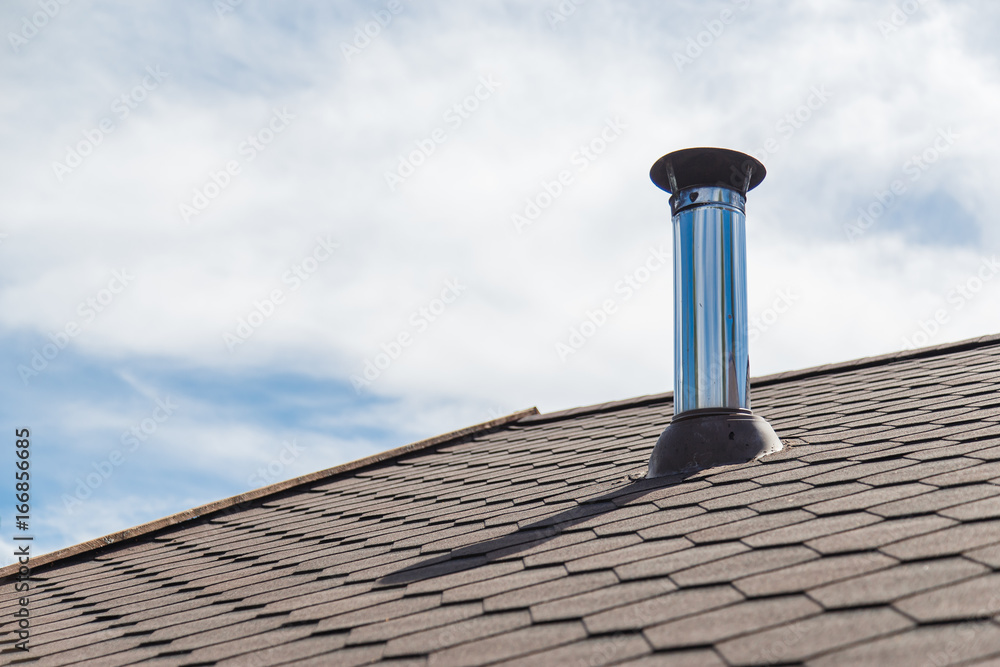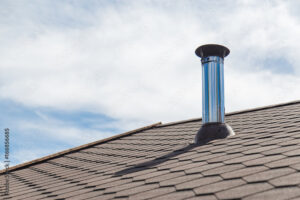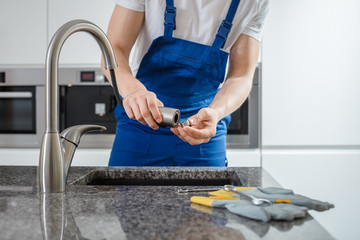Maintaining clean carpets is important because a dirty carpet can look bad and feel uncomfortable. Keeping your carpets clean will also prolong their lifespan.
Vacuuming is the best way to remove surface dirt and debris from carpets. You should vacuum daily and more frequently if you have heavy traffic areas. Click https://www.joondalupcarpetcleaners.com.au/ to learn more.
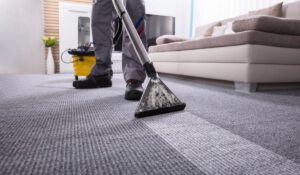
If you suffer from allergies or asthma, you know that your carpet can be a breeding ground for allergens like pollen, mold, dust mite excrement, and pet dander. These airborne irritants can cause serious problems for people who are sensitive to them, and they can even be dangerous for those with severe asthma or other respiratory conditions.
Allergies are the result of your immune system responding to a foreign substance that enters the body. This can be anything from pollen, animal skin and fur, household dust and mold spores to food items that trigger gastrointestinal distress. In any case, your immune system will react to these substances by attacking the organs that are affected by them. This will result in a series of unpleasant symptoms that are often referred to as allergy and asthma attacks.
Your carpets are a magnet for these allergens, and they can trap them and keep them in your home for long periods of time. This makes carpet cleaning essential for improving the health of your family and reducing the frequency of allergy and asthma attacks.
The good news is that you can help reduce the amount of allergens trapped in your carpets by taking a few preventative measures. These include removing shoes at the door, cleaning up spills immediately and using a vacuum cleaner with a HEPA filter that can catch allergens before they are recirculated into the air.
You can also help by avoiding carpets made from natural materials, which are more hospitable to allergens. You can also find carpets that are labeled as low VOC, which means they emit fewer chemicals into the environment. Finally, it’s always a good idea to avoid harsh cleaning products that contain chemical ingredients such as formaldehyde and ammonia. Instead, choose plant-based, nontoxic cleaning solutions from brands like Seventh Generation and ECOS that are made with hypoallergenic products and essential oils.
If you’re not careful, your carpet will trap dirt and grime over time. It’s not just a source of dust and other particulates that can irritate sensitive lungs, it’s also a breeding ground for germs and bacteria. Carpets can hold up to 4,000 times more bacteria than toilet seats and can support the growth of viruses such as Norovirus that cause symptoms similar to the stomach flu.
The main culprit for getting dirt trapped in your carpet is shoes. Wearing shoes indoors not only tracks in dirt from the outside, but it also grinds it into the carpet and makes it harder to remove with vacuuming alone. The best way to combat this is to encourage people to leave their shoes at the door and to use entrance mats or rugs that can catch any remaining bits of dirt before they reach your carpeting.
Another common way that carpets get dirty is by simply pulling dirt in from the surface. This happens due to static electricity that can attract small particles of dirt and other contaminants like hair, skin cells, and pet dander. These particles can then be released into the air and can irritate the lungs, nose, eyes, and throat.
To keep carpets clean, it’s important to vacuum them regularly and to sweep high-traffic areas with a brush machine. You should also make sure that any spills are cleaned up immediately to prevent them from soaking into the carpet and creating staining and odors. When stains do occur, you can use a liquid crystallizing solution spray to help break up the soil on the carpet fibers. Then you can use a twin cylindrical counter-rotating scrub machine to work the chemical into the pile, which will loosen and then remove the soil.
Mold isn’t just a nuisance, it can be dangerous to anyone who suffers from allergies or breathing disorders. It’s especially dangerous for young children and the elderly, who may have weakened immune systems. Moldy carpets can trigger a variety of reactions, including asthma attacks, coughing, itching, and wheezing. The unpleasant odors created by excessively moldy carpets can also lead to headaches and sleep disturbances.
Most types of carpets provide a breeding ground for mold because they are able to hold onto moisture. Mold spores can easily become airborne, and when they do, they can trigger allergies, asthma, and other respiratory conditions in the people in the room.
Even if a home or building isn’t prone to mold, a carpet that is covered in thick mold will probably need to be replaced. This is because the mold can penetrate and ruin the entire carpeting, requiring it to be completely removed and replaced.
However, if a mold problem occurs in a small area, a professional carpet cleaner can usually clean and treat it. The carpet cleaner may use hot water, detergents, and antifungal treatments to remove the moldy spots and prevent the spread of mold throughout the rest of the carpet.
Regular vacuuming helps to keep the carpets clean, and if you notice mold patches that refuse to go away, call in a carpet cleaning contractor near you. They will use deep steam cleaning or dry cleaning methods that can kill the mold and prevent it from reoccurring. Moldy carpets often grow under the carpet and along its padding, areas that simple household solutions are unable to reach.
Mildew is a common problem that can result from trapped moisture in carpets and underlayment. Regular shampooing and steam cleaning removes mildew and prevents it from growing. Ensure proper ventilation during and after the cleaning process to help the carpeting and padding dry thoroughly. Using fans and dehumidifiers can help. Remove spots and stains promptly to avoid permanent color change. Blotting, rather than rubbing, the stain material will reduce the likelihood of a permanent color change.
No matter how much you vacuum, use essential oil and baking soda, or try to remove stains from your carpet in a timely manner, some smells simply won’t go away on their own. These typically include odors from pets, cigarette smoke, and mold or mildew. You may need to use a deodorizer or a more powerful chemical cleaner for these situations. You should also be sure to follow the manufacturer’s instructions for use, as using the wrong cleaning agent could actually worsen the odors in your carpet!
If you’re dealing with an especially stubborn odor in your carpet, try sprinkling a generous amount of baking soda over the entire area. Let it sit for about an hour, then vacuum it. Repeat this step, if necessary, until the smell is gone. If this doesn’t work, you can try kitty litter or Borax. Borax is a common and effective household product that can be used to remove pet urine or other odors.
Another option is to try a commercial deodorizer, which will usually be found in a grocery store or home improvement center. These products can be expensive, but they’re designed to work at removing stubborn odors from a variety of different sources.
If you’re unable to get rid of stubborn carpet odors, it may be time to call in professional help. A qualified technician will be able to examine your carpet, determine what the source of the odor is, and recommend an appropriate solution.

